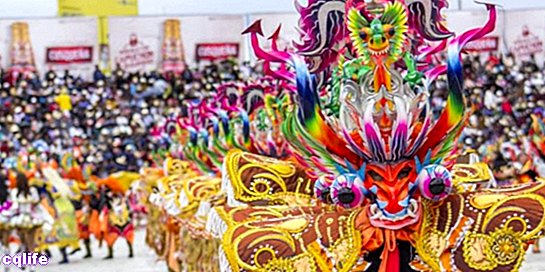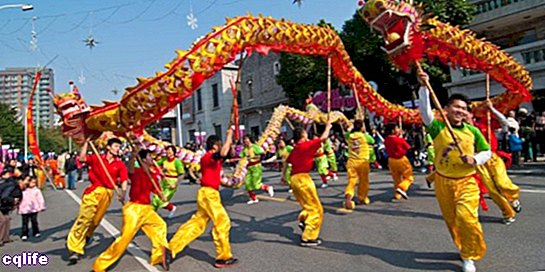We explain what tradition is, its relationship with identity, with customs and various examples. Also, tradition in law.

What is tradition?
The term tradition encompasses, in very different areas of human life, the idea of the ways of doing things that society considers convenient to preserve in the weather, and that therefore are transmitted from generation to generation. The origins of this word go back to Latin tradite, from the verb tradere, "Transmit" or "deliver".
Traditions can be about traditions, uses, guidelines coexistence or considerations around the religious, the legal, the cultural, and so on. In all these cases, however, it is a question of an inheritable mental model, that is, of a paradigm that is preserved in time through its repetition.
Therefore, when we talk about something or someone being traditional or traditionalist, we mean that they are attached to or that they value the customary, inherited way of doing things. In addition, traditions are part of the identity of societies, that is, of employers and beliefs that make up the idiosyncrasy or way of being of the peoples.
There are unique traditions, specific to a society, and also others shared by peoples who have a common origin or who share historical and cultural characteristics. Thus, one can speak of national traditions, such as German traditions, but also Hispanic traditions, to cite an example, or Christian, Jewish or Muslim traditions.
Tradition and custom
Traditions and customs are some of the main manifestations of a given culture, and can be defined as a set of beliefs and experiences that are inherited from one generation to another. In that sense, these two terms are handled almost interchangeably.
However, customs are those social practices rooted in a community, linked to everyday life, to habits, which after being repeated so much have ended up becoming part of the local identity.
For their part, traditions involve a greater number of people, reinforcing their sense of belonging to oneself. cultural identity. They include ritual, cultural, religious, gastronomic or folkloric practices.
For example, a coastal town in the Caribbean may have the custom of gathering in the plaza on Fridays to dance. It is something that they usually do, and that is repeated in the weather, but that at a given moment it could not be done, or done a day before or a day after, let's say, because on a Friday it rains too much.
But that same town, on certain dates of the year, worships the Virgin Mary through a procession of the statuette from the church to all corners of the town, religious festivals, food specific, etc. This constitutes a religious tradition, which they very surely share with neighboring peoples, and even with distant ones, who have the same cultural and religious history.
Tradition in law
In the juridical and legal sphere, we speak of tradition in a peculiar sense. On the one hand, customary law (or simply customary) is the set of rules or modes of resolution of conflict that were inherited historically, that is, it comes from tradition. This term comes from the Latin customary, which translates "custom" or "habit."
In this way, it is differentiated from the legal term "tradition", which in legal terms is used for the act of delivering an asset to a natural or legal person. It is, in that sense, synonymous of handover or transfer.
Examples of traditions

Some examples of traditions of different origins are the following:
- The day of the Dead. Celebrated in Mexico and other nations heirs of the past mesoamerican, is a large and colorful celebration that takes place every November 1 or 2, to honor the memory of the deceased and, supposedly, briefly bring them back to life. This party has a decoration, gastronomy and very own costumes.
- The dancing devils. Held in Corpus Christi in various localities of Venezuela, they consist of a group of dancers with devil masks that accompany the celebration of Holy Week and wear specific outfits, in some regions colorful and full of mirrors and crosses, others neatly white. They are a local tradition that shares important features with the traditions of other latitudes, as we will see shortly.
- The carnival devils. Celebrated during carnival in the north of Argentina, specifically in the Andean highlands, they usually lead celebratory groups wearing colored costumes and mirrors, thus embodying the festival during the three to four days of celebration. Unlike the Venezuelan variant, they are not so closely tied to the Christian religious tradition.
- The dragon dances. Very common in China (and in Chinese communities throughout the world) during the celebration of the new year of its lunar calendar, they usually involve several dancers who wield a sculpture dragon, or a dragon made of different materials and colors.
- The feast of Saint Nicholas. Tradition dedicated to the children of Europe, especially in its central and eastern countries, it worships Saint Nicholas of Myra (Saint Nicholas of Bari) and usually consists of specific foods, as well as sweets and gifts for children. However, it varies greatly from region to region.
